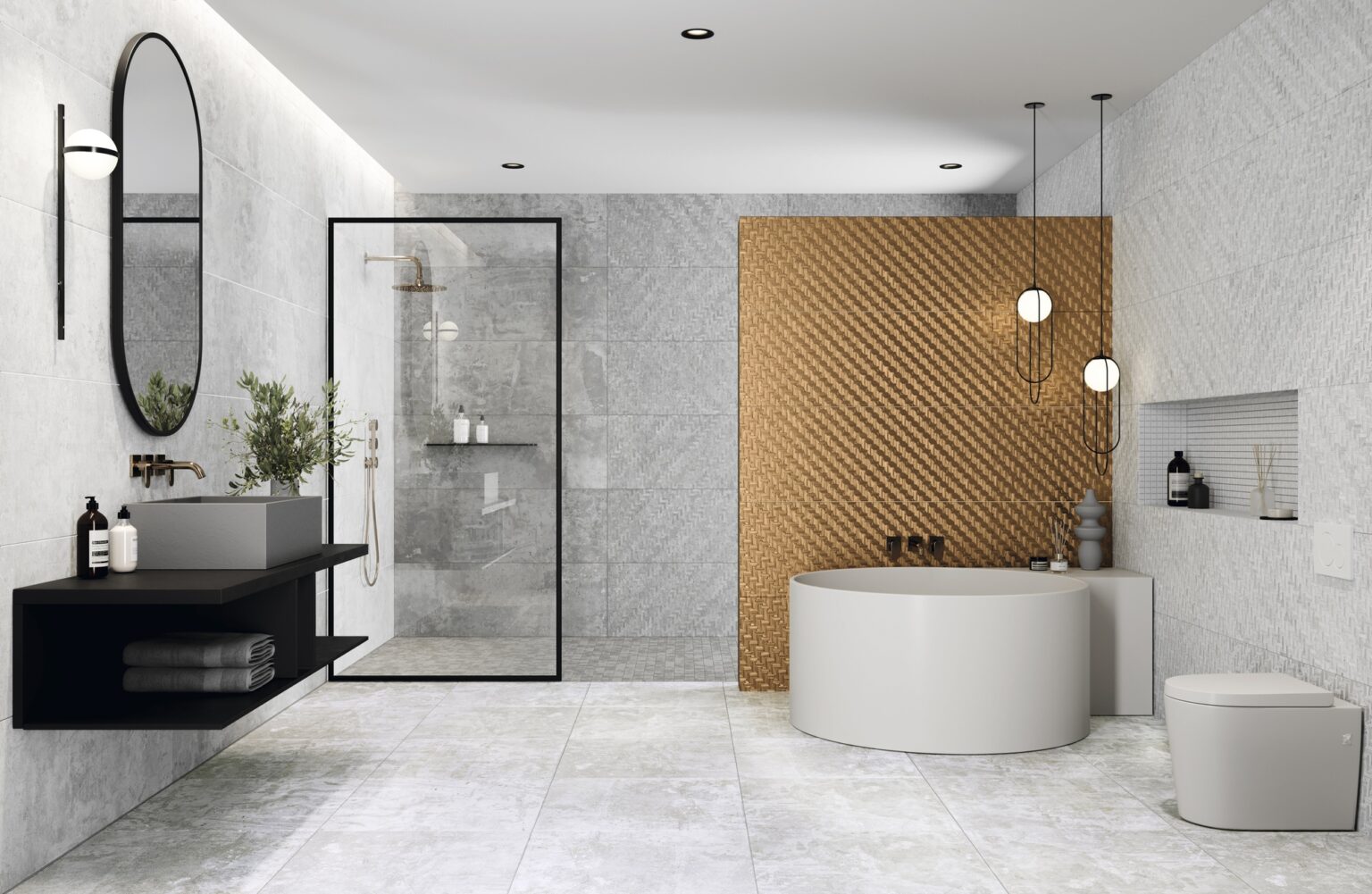Ensuring your bathroom is safe and accessible for elderly family members can provide peace of mind while fostering independence and comfort at home. Slippery surfaces, narrow doorways, and high, hard-to-reach fixtures can pose challenges for older individuals. Fortunately, there are simple yet effective solutions to address these concerns. This guide will walk you through practical steps to make your bathroom safer and more accessible, helping you create a space that meets everyone’s needs without sacrificing style.
Why Bathroom Accessibility Matters
Bathrooms can be one of the riskiest areas in any home, particularly for older adults. Slick flooring, tight spaces, and fixtures designed with younger users in mind can lead to accidents or limit mobility. By making simple updates, you not only reduce these risks, but also allow elderly family members to maintain their dignity and independence while using the space.
Whether you’re future-proofing your home or accommodating an elderly parent or guest, these changes are worth investing in.
Walk-In Showers and Baths
For individuals with limited mobility, climbing over the edge of a traditional bathtub can be a struggle and a safety hazard. Walk-in showers and baths are excellent alternatives:
- A walk in shower for elderly individuals is a perfect solution to eliminate the need to step over a barrier, offering a level entryway that’s safer and easier to use. Pairing this with a non-slip floor and a sturdy shower seat adds an extra layer of security.
- A walk in bath for elderly individuals has doors that allow access without stepping over a high edge. These often come with additional features like built-in grab handles and adjustable seating to make bathing both safe and relaxing.
Both options not only enhance accessibility but also elevate the bathroom’s overall aesthetic with their sleek designs.
Installing Grab Rails in Key Areas
Grab rails are essential features that provide extra support and stability for elderly individuals. They can be installed wherever additional assistance may be needed, such as:
- Next to the toilet for help standing or sitting.
- Along bath or shower walls to assist with movement.
- Near sinks or counters for stability when leaning or standing.
Opt for rails with anti-slip surfaces or textured finishes to ensure a firm grip, even with damp hands. Modern grab rails are available in various finishes, from stainless steel to elegant matte black, making them blend seamlessly into your bathroom design.
Comfort-Height Toilets

Traditional toilets can be challenging for elderly individuals to use, as their low height makes sitting down and standing back up difficult. Comfort-height toilets, also known as “right-height” toilets, are designed to sit a few inches higher than standard models, making them significantly easier to use.
Pairing a comfort-height toilet with grab rails will provide optimal safety and convenience while maintaining a stylish appearance in your bathroom.
Widening Doorways
Standard-sized doorways might be too narrow for those using mobility aids like walkers or wheelchairs. Widening your bathroom doorway is a practical solution that ensures easy entry and exit:
- Increased door width accommodates wheelchairs effortlessly.
- Swing-clear hinges or sliding doors are excellent alternatives to save space while increasing accessibility.
While widening a doorway requires a bit more effort and cost, it’s a highly beneficial upgrade for creating an inclusive home environment.
Non-Slip Flooring
Wet bathroom floors are a common hazard, especially for older individuals. Replacing your bathroom flooring with a non-slip material can drastically reduce the risk of slips and falls. Here are some fantastic options to consider:
- Textured tiles designed for safety without compromising aesthetics.
- Vinyl flooring, which is durable, water-resistant, and available in various modern styles.
- Rubberised flooring for a soft underfoot feel and excellent grip.
Adding non-slip mats around particularly high-risk areas, such as the shower entrance, provides an extra layer of protection.
Enhanced Lighting
Poorly lit spaces increase the likelihood of accidents, particularly for elderly individuals with diminished vision. Upgrading the lighting in your bathroom serves both functional and aesthetic purposes:
- Install LED strip lighting under cabinets or around mirrors for softer, glare-free brightness.
- Use motion-activated lights for nighttime convenience without fumbling for switches.
- Ensure overhead lighting adequately covers key areas to reduce dark spots.
Good lighting not only enhances safety but also creates a warm and inviting ambiance.
Accessibility Doesn’t Mean Compromising on Style
The idea of making your bathroom safer and more accessible doesn’t mean you need to sacrifice its aesthetic appeal. Many modern accessibility features are designed with style in mind, like minimalistic grab rails, elegant walk-in showers, and chic non-slip tiles. You can create a functional, safe space that still feels luxurious and welcoming.
Practical Next Steps
Updating your bathroom to be safer and more accessible doesn’t have to happen all at once. Start with the critical features that address immediate safety concerns, such as grab rails or non-slip flooring, and work towards bigger updates like walk-in showers or door modifications as needed.
If you’re looking for further inspiration or professional advice, consider consulting with a bathroom renovation expert who specialises in accessible design. They can help you balance safety needs with your aesthetic preferences.
Creating an accessible bathroom doesn’t just enhance safety; it also provides comfort and independence for elderly family members, ensuring the space serves everyone’s needs beautifully and effectively.
0
Related
Read the full article here


